Category: Mormon Studies
-
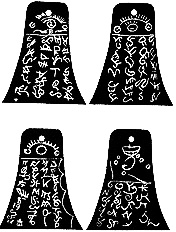
Learning from Kinderhook
Don Bradley and Mark Ashurst-McGee have published the definitive account of Joseph Smith’s 1843 encounter with the Kinderhook plates.
-
John Turner on Brigham Young
John Turner’s well-known biography Brigham Young: Pioneer Prophet (Harvard University Press, 2012) provides one of the most well-rounded and in-depth look at the second president of the Church of Jesus Christ of Latter-day Saints. It remains today one of the definitive biographies of an incredibly complicated man and leader. Recently, Kurt Manwaring sat down with…
-
Interpreters, visions and seer stones
The Interpreter has recently published two reviews of William L. Davis’ Visions in a Seer Stone. The two reviews, by Brant Gardner and Brian Hales, exemplify what I think are positive trends in Latter-day Saint contributions to Mormon Studies.
-
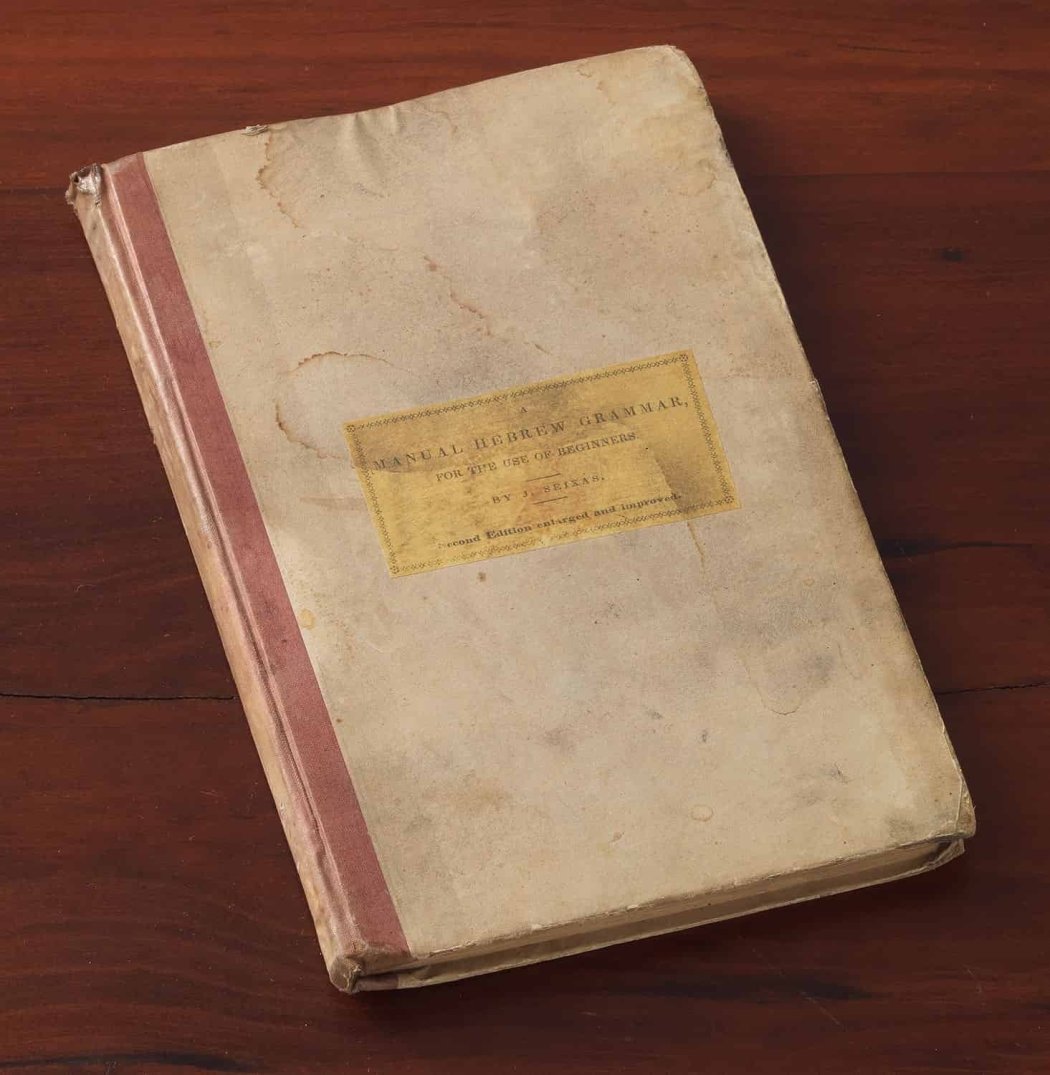
Hebrew Studies and the Book of Abraham
We’re continuing our discussion of Joseph Smith’s translations and the recently-released volume Producing Ancient Scripture today, turning to the Book of Abraham in an interview with Matthew Grey. This is a co-post to Kurt Manwaring’s interview with Matthew Grey, where he discusses his research about the ways in which Joseph Smith’s study of Hebrew affected…
-
“By his own admission”: a one-footnote review
John Hammond’s Quest for the New Jerusalem: A Mormon Generation Sagastates that Sidney Rigdon, “by his own admission, ‘made up’ religious experiences in his youth,” which seems like something worth looking into.
-
Memory and the First Vision
How do we account for differences between the various accounts we have on record of the First Vision? What role does memory play in how it was presented over time? How have we viewed those accounts since they were first recorded? These are big questions that are central to our understanding of Joseph Smith’s experience. …
-
Notes on Book of Mormon Philology. Vb4. The utility of philology: Jacob and Sherem
Imagining the Book of Mormon as a complex work reflecting numerous steps of compilation and abridgment helps explain some curious features of the encounter with Sherem in Jacob 7.
-
Notes on Book of Mormon Philology. IIIa. Nephite literacy
Unless someone gets lucky with a spade or a metal detector, the full extent of Mormon’s sources will remain unknown. To keep even tentative answers on the side of plausibility rather than fantasy, how we think about Mormon’s sources should be informed by any information we have about Nephite literacy and textual culture.
-
Notes on Book of Mormon philology. II. What did Mormon know?
The logical place for a philological approach to the Book of Mormon to begin is with Mormon, its eponymous editor, and his sources. How much did Mormon know about the Nephites, and what kind of records did he have to work with?
-
Notes on Book of Mormon philology. The philological instinct
When I look at recent studies of the Book of Mormon, the biggest deficit I see is the lack of instinct for philology.
-
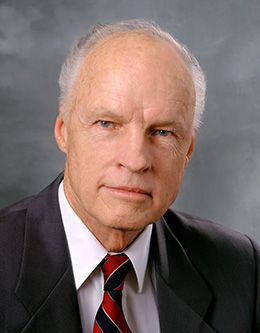
The Impact of a Scholar – Truman G. Madsen
Throughout the twentieth century, the Church of Jesus Christ of Latter-day Saints has seen several academic figures who had an impact on the collective thought of church members. Hugh Nibley and Eugene England are a couple examples of this group, but one other well-known academic figure in 20th century Mormonism that stands out is Truman…
-

A New First Vision Podcast
We are now in the year 2020, which is 200 years after the date that Joseph Smith said that he was first visited by God the Father and Jesus the Christ. At the most recent general conference, President Russell M. Nelson noted this anniversary and invited us to “prepare for a unique conference that will…
-
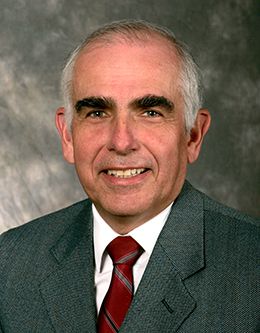
Temples, Sacrifices, and Revelations
Temples hold a central place in Latter-day Saint history. The narrative of building the Kirtland and Nauvoo Temples and the impact it had on our theology is a dominant theme of the early Church. Even going beyond that, however, much of the history that followed has temples looming in the background, even though it would…
-
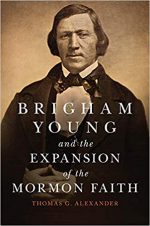
Brigham Young and the Expansion of the Mormon Faith, a Review
Back in June, Clark Goble mentioned that he was going to write a review of Thomas G. Alexander’s new biography Brigham Young and the Expansion of the Mormon Faith. It’s one of many misfortunes among the great losses of Clark passing away that we never had the opportunity to read the review he was planning…
-
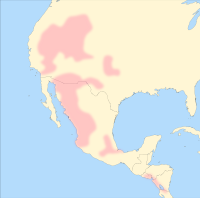
Uto-Aztecan and Semitic: Too much of a good thing
Brian Stubbs’s argument for extensive ancient contact between Semitic and Proto-Uto-Aztecan has received some attention recently in Mormon apologetics, but I don’t think Stubbs’s proposal is going to pan out. First, though, a few important messages.
-
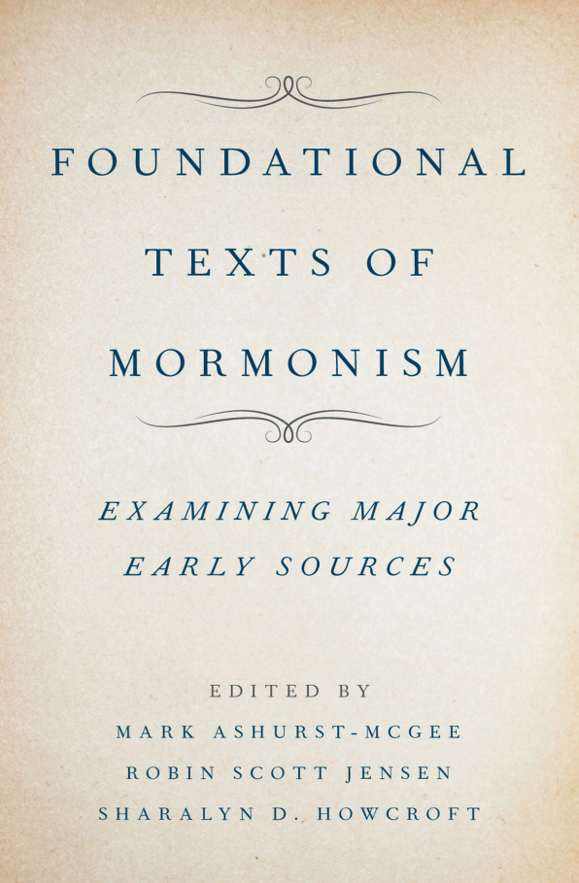
Review: Foundational Texts of Mormonism
Here’s the shortest review possible. If you’re even moderately interested in Church history or theology or even just in close reading of scripture you should get Foundational Texts of Mormonism. If it’s not already in your library, ask for it for Christmas.
-
The Expanded Canon: A Review
Several months ago, my wife Lissette gave a talk in sacrament meeting on the topic of modern prophets and continuing revelation. She wanted to provide something different, something the congregation could really chew on (no “theological Twinkies“). She ended up discussing how modern-day prophets model the process of revelation for us. Drawing on Elder Bednar’s analogy…
-
Three Heavens in Joseph’s Environment
We all know that revelation frequently requires study. Many of the key doctrines of the restoration came from revelations given to Joseph as he was going through and modifying the Bible by way of command. Some of these were treated as modifications of the Biblical texts (such as in our Book of Moses) while others…
-
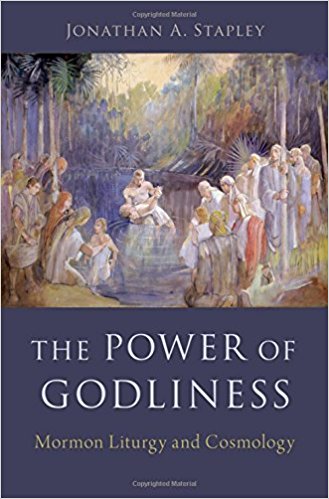
Review Essay: “The Power of Godliness: Mormon Liturgy and Cosmology”: Materiality and Performance
Like a paring knife to a grapefruit, Jonathan Stapley’s new book on the history of Mormon cosmology is slim, sharp, and swift to carve through pith, serving up elegant wedges of history. The Power of Godliness: Mormon Liturgy and Cosmology (Oxford, 2018) traces the evolution of ritual practice in Mormonism, including priesthood ordination, sealing rites,…
-
Review: William V. Smith’s ‘Textual Studies of the Doctrine & Covenants’
In October 2007, I returned home to Texas from my mission in Nevada. In April of the following year, the raid on the YFZ Ranch near Eldorado, TX, occurred. I didn’t think much about it at the time because, you know, they weren’t real Mormons (as many LDS are wont to say). However, a good…
-
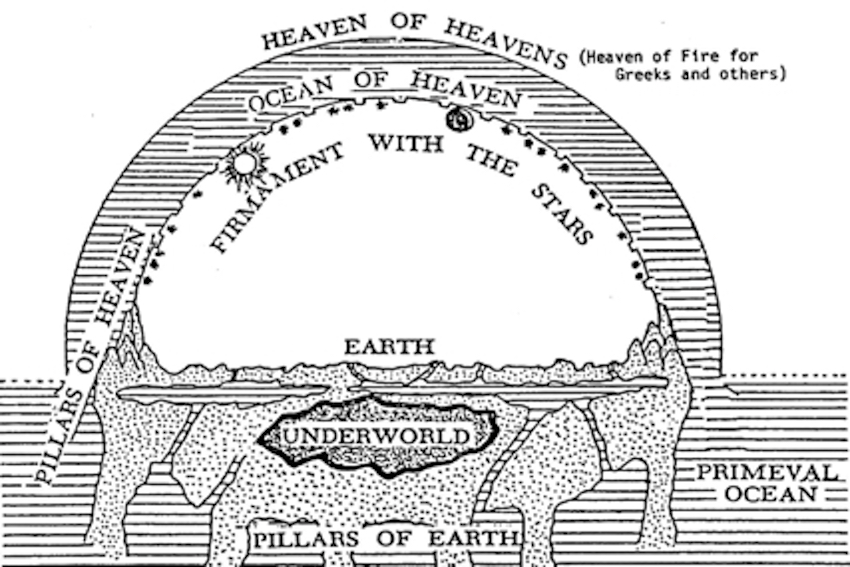
Helaman 12:15 and Astronomy
Helaman 12:15 reads, “according to his word the earth goeth back, and it appeareth unto man that the sun standeth still; yea, and behold, this is so; for surely it is the earth that moveth and not the sun.” If you’re like me you’ve always just read that as Mormon (or possibly Nephi) just having…
-
Perspectives on Mormon Theology Review
Dave managed to finish his review of Perspectives on Mormon Theology before I did. To cut to the chase let me just summarize my judgment of the book first. If you’re at all interested in the implications of scholarly considerations of Mormon history, exegesis, or theology then this is a must read book. Blair Van Dyke and…
-
Church Endorses Apologetics, Sort Of
Here is a clear positive step for the Church: posting an online resources page with almost 30 links to pages or sites with information on LDS doctrine and history. Each link gets zero, one, or two asterisks, depending on if it is within the LDS.org domain (zero), if it is a Church-related site like byu.edu…
-
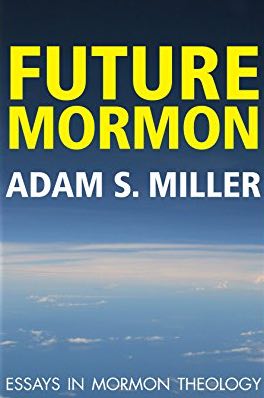
Future Mormon Reading Club
The person who probably comes closest to my own views on many matters is Adam Miller. Back in the heyday of LDS-Herm we had tons of fantastic discussions on theology and philosophy. Ever since Adam’s last book came out I’ve wanted to do a reading club on it but just hadn’t had the time. One…
-
Some Thoughts on Trends in Apologetics
First let me say upfront that I simply don’t read that many apologetic papers anymore. That’s less about any problems with the genre so much as just a lack of time. I have to be a little pickier about what I read than I used to. One day when little kids aren’t waking up all…
-
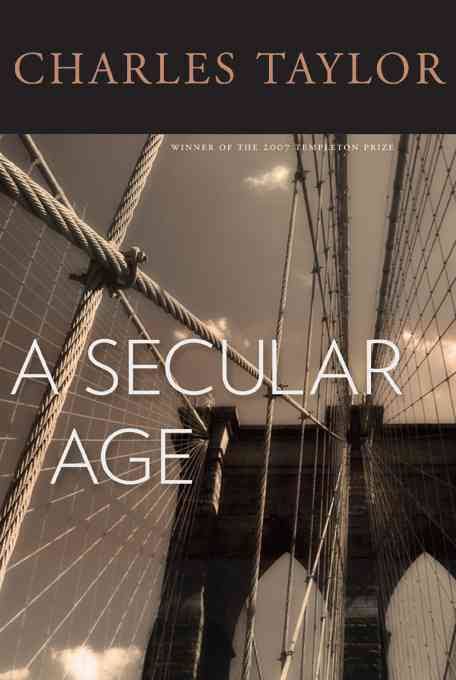
Enchantment and Disenchantment: Secular Age Round 3
(Links to Rounds 1 and 2) These next several posts will cover chapters in Parts I-III, which comprise Taylor’s account of the western historical trajectory towards secularity, from the enchanted world of 1500 AD to the disenchanted and pluralistic one of 2000 AD. Overall, Taylor’s historical account challenges the “subtraction” stories that explain the road to…
-
Changing of the Guard at Dialogue
Dialogue: A Journal of Mormon Thought gets a new editor every five or six years, and that time is now upon us. As a subscriber and supporter, I wanted to get a sense of where the incoming editor, Boyd Jay Petersen, is going to take the journal, so I bought a copy of his Dead…
-
Seer Stones and the New Narrative
A week ago, the Church released a suddenly iconic photograph of Joseph Smith’s favorite seer stone, and also posted at LDS.org an article by three LDS historians, “Joseph the Seer,” to be published in the October 2015 Ensign. It seems clear that the image plus the content of the article are going to rewrite the…
-
Historians Saying Interesting Things … About Mormonism
Between the new polygamy essays at LDS.org and the new religion curriculum at the BYUs, there has been a lot to argue about this week. Let’s try something a little friendlier: The Mormon History Association’s Tanner Lectures: The First Twenty Years (U. of Illinois Press, 2006). It has been on my shelf a couple of…
-
Your New and Improved BYU Religion Core
After several days of rampant speculation and gnashing of teeth (here, here, here, and here) the new BYU religion core has been officially announced at LDS.org.
